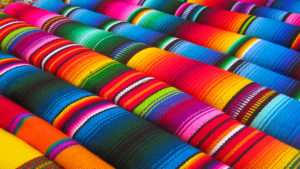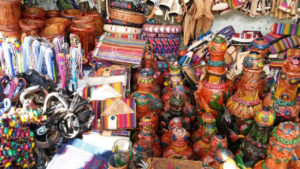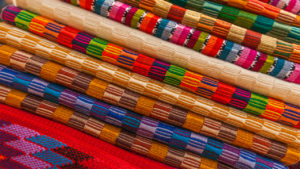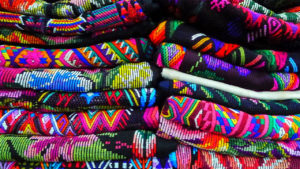Traditional Huipil
Maya women have used a huipil square or rectangular to cover their torsos since pre- Hispanic times. The great eye appeal of this garment is achieved through technical mastery and, in most cases, many, hours of painstaking work. As the article of clothing in which the most money is usually spent, it is a source of pride and satisfaction to the wearer. It continues to be the cornerstone of the expression of ethnic identity for Maya women.
A great variety of huipiles flourished in Guatemala from the late nineteenth century until the mind 1970s. Most of them were created in the western highlands where geographic isolation caused traditions, including, clothing, to develop distinctive characteristics.
Indigenous dress, especially the huipil acted as a type of ” heraldic emblem” announcing that the wearer belonged to a specific town or, in many cases, a specific hamlet. It defined her socioeconomic position. It was a forceful statement that encouraged a strong sense of belonging. It was passed from generation to generation by creating a recognizable combination of materials, techniques, color, decorative, patterns, ways in which garments are range from geometric. In some communities, several, distinctive styles of huipil were used or are still i use today.
In some instances, deeper meanings were embedded, rooted in a world view constructed with stories, myths legends, rituals and ancient customs. Guatemala’s textile tradition reflects a belief in the close connection between nature and the cosmos, finding expressions in such sacred geography as hills, volcanoes and the tilled rows of “mother earth”, it includes the sun, moon and stars, as well as the cardinal points and occasionally even the center of the village, In addition woven designs can represent different types of ritual offerings. The intangible legacy of a symbolic identity is, today, on the verge, of becoming part of the past.
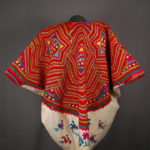 Previous Post
Previous Post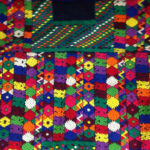 Next Post
Next Post